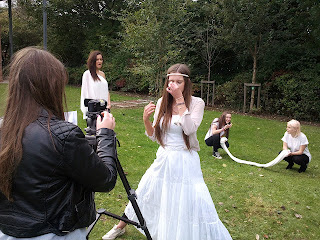Qualitative data is describing meaning, rather than with drawing statistical inferences. What qualitative methods (e.g. case studies and interviews) lose on reliability they gain in terms of validity. They provide a more in depth and rich description.
Quantitative Data is data measured or identified on a numerical scale.
Psycho graphic Data is data that links objective demographic charactoeristics, for instance, age and gender with more abstract characteristics.
Demographic Data are the uncharacteristic's of a human population as used in government, marketing or opinion research.












































































